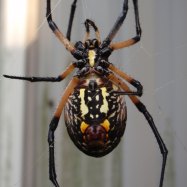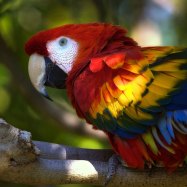
Macaque
40 to 75 cm (16 to 30 inches)
The macaque, a member of the Cercopithecidae family, is a stocky primate found in subtropical and temperate regions. With a body length of 40 to 75 cm and a stout, short tail, these intelligent animals are highly adaptable and can thrive in various environments. They are known for their social behavior and are often seen in large groups, making them a fascinating species to observe in the wild.
Animal Details Summary:
Common Name: Macaque
Kingdom: Animalia
Habitat: Various habitats including forests, grasslands, and mountains
Uncovering the World of Macaques: Intelligent Primates of Asia and Africa
Macaques are one of the most widely distributed and intelligent primate species in the world. With a scientific name of Macaca and a common name that shares the same spelling, these remarkable animals belong to the Animalia kingdom and Chordata phylum. They are classified under the Mammalia class and the Primates order, and are members of the Cercopithecidae family, which includes over 20 species of monkeys. From their varied habitats and feeding habits to their physical characteristics and geographical distribution, there is much to learn about these fascinating creatures Macaque.Habitat and Geographical Distribution
Macaques have a diverse range of habitats, making them one of the most adaptable primate species. They can be found in various countries across Asia, Africa, and even in Gibraltar. However, they are most commonly found in subtropical and temperate regions, with a large population inhabiting tropical forests. Other habitats they are known to thrive in include grasslands, mountains, and even urban areas.Macaques are found in over 90 countries, with China and Indonesia being the top two countries with the highest number of species. Some species, such as the lion-tailed macaque, are endemic to certain regions and can only be found in specific parts of the world. This diverse distribution of macaques contributes to their importance in the ecosystem and their significance in the study of primate evolution.
Appearance and Physical Characteristics
Macaques are small to medium-sized monkeys, with a stocky body and a short, stout tail. Their body length ranges from 40 to 75 cm (16 to 30 inches), depending on the species Mountain Feist. They have a muscular build, and their hind limbs are longer than their forelimbs, allowing them to move fast and effortlessly through their forest habitat.There are over 20 species of macaques, and their coloration varies depending on the species. However, most species are characterized by having a brown or gray coat with lighter underparts. Some species, such as the Barbary macaque, have distinctive hair colors, with a golden mane resembling that of a lion.
One of the most notable physical characteristics of macaques is their cheek pouches, which they use to store food while foraging. These cheek pouches can expand up to three times the size of their head, allowing them to carry a significant amount of food at once. This unique feature is essential for survival, especially in areas with limited resources.
Feeding Habits
Macaques are omnivorous, meaning they have a varied diet that includes both plant and animal matter. Their diet mainly consists of fruits, leaves, seeds, and insects. Some species, such as the Japanese macaque, have also been known to have a taste for fish and even small mammals.However, their diet can often depend on their habitat and location. For example, macaques living in urban areas have been observed scavenging for food from human waste. This adaptability and resourcefulness in their feeding habits are one of the reasons why macaques are thriving in such diverse habitats.
Intelligence and Social Structures
Macaques are known for their intelligence, and their cognitive abilities have been extensively studied by scientists. They have been found to have remarkable problem-solving skills, memory, and social learning abilities, making them one of the most intelligent primate species.Macaques live in large social groups, with some species having groups of up to 100 individuals. These groups are made up of females and their offspring, while dominant males typically lead them. They have a complex social hierarchy, with the alpha male being the leader of the group, followed by a hierarchy of females and lower-ranking males.
Their social structures have also been observed to vary depending on their habitat and location. For example, macaques living in urban areas have been found to have more fluid social structures with less dominance among males.
Conservation Status
Macaques are generally not considered endangered or threatened species. However, due to their varied habitats and widespread distribution, some species are facing threats from human activities, such as deforestation, hunting, and habitat loss.One of the most endangered species of macaque is the Celebes macaque, found only on the island of Sulawesi in Indonesia. Their population has decreased significantly due to deforestation for agriculture and the illegal pet trade. Other species, such as the Barbary macaque, are also facing threats from habitat loss and illegal capture for the pet trade.
Importance in Research and Ecotourism
Macaques have been extensively studied for their intelligence and social behaviors, making them important models for primate research. Their close genetic relation to humans allows scientists to gain insights into primate evolution and behavior.They are also important for ecotourism, with many countries offering tours to see these fascinating animals in their natural habitat. This has created a conservation incentive as the presence of tourists in their habitats generates income for the local communities and encourages protection of their natural environment.
Final Thoughts
Macaques are intelligent, adaptable, and fascinating creatures that have captured the attention of researchers and nature enthusiasts alike. From their diverse habitats and feeding habits to their complex social structures, there is always more to uncover about these incredible primates. By understanding the importance of preserving their natural habitats and the threats they face, we can ensure that future generations can continue to appreciate and learn from these remarkable animals.
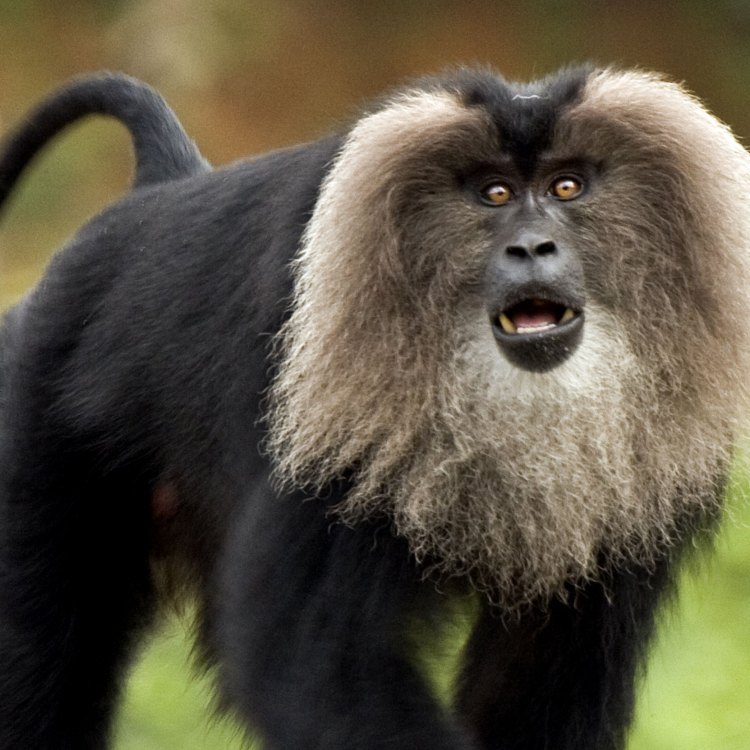
Macaque
Animal Details Macaque - Scientific Name: Macaca
- Category: Animals M
- Scientific Name: Macaca
- Common Name: Macaque
- Kingdom: Animalia
- Phylum: Chordata
- Class: Mammalia
- Order: Primates
- Family: Cercopithecidae
- Habitat: Various habitats including forests, grasslands, and mountains
- Feeding Method: Omnivorous
- Geographical Distribution: Asia, Africa, and Gibraltar
- Country of Origin: Various countries in Asia and Africa
- Location: Subtropical and temperate regions
- Animal Coloration: Varies depending on the species, usually brown or gray with lighter underparts
- Body Shape: Stocky with a short, stout tail
- Length: 40 to 75 cm (16 to 30 inches)
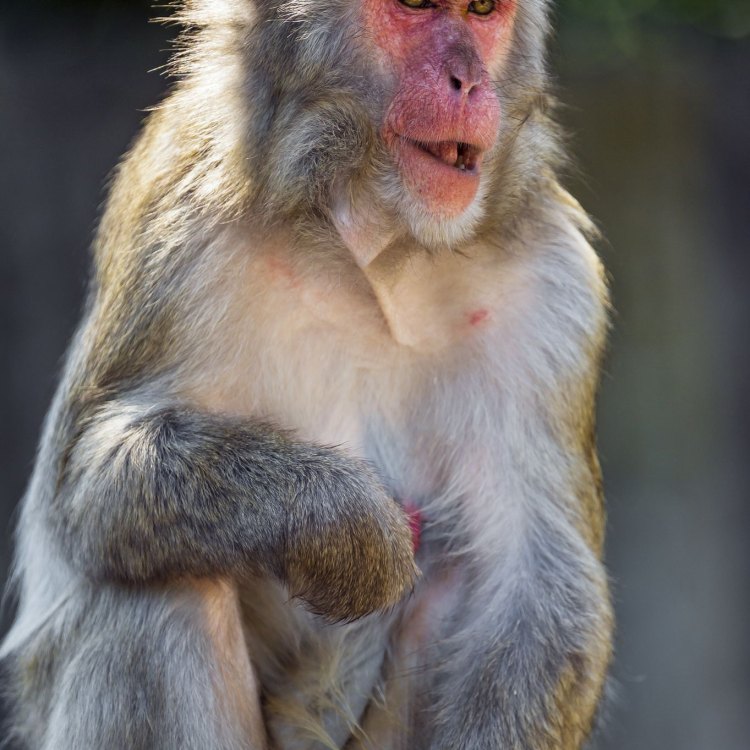
Macaque
- Adult Size: Varies depending on the species, typically between 4 to 25 kg (9 to 55 lbs)
- Average Lifespan: Up to 25 years in the wild, and up to 30 years in captivity
- Reproduction: Sexual reproduction
- Reproductive Behavior: Mating occurs throughout the year
- Sound or Call: Varies depending on the species, includes vocalizations such as screams, barks, and chirps
- Migration Pattern: Some species exhibit seasonal movements, but not true migrations
- Social Groups: Live in multi-male, multi-female groups called troops
- Behavior: Highly social and intelligent, engage in complex social interactions
- Threats: Habitat loss, hunting, and capture for illegal wildlife trade
- Conservation Status: Varies depending on the species, some are endangered or vulnerable
- Impact on Ecosystem: Play important roles in seed dispersal and forest regeneration
- Human Use: Used in biomedical research and as pets in some regions
- Distinctive Features: Cheek pouches, well-developed canines, and a bare face
- Interesting Facts: 1. Macaques are known for their adaptability and ability to thrive in various habitats. 2. They are excellent swimmers and are often found near water. 3. Some macaque species have cultural behaviors such as bathing in hot springs. 4. Macaques are highly skilled climbers and spend much of their time in the trees. 5. They have a complex social structure with dominant individuals and various social ranks within the group.
- Predator: Predators of macaques include large carnivores such as leopards and tigers, as well as birds of prey.
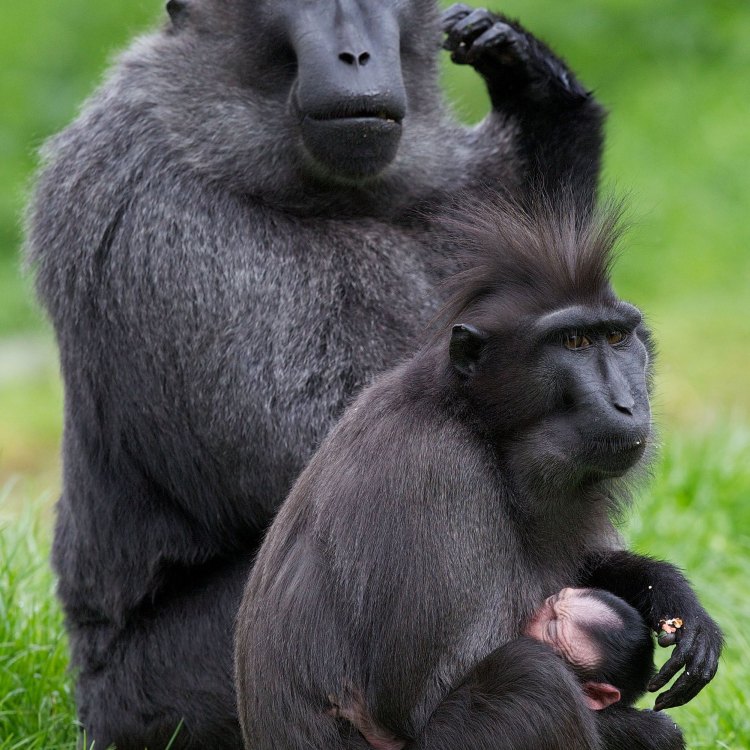
Macaca
The Fascinating World of Macaques: Highly Intelligent Primates
Macaques, also known as macaques monkeys, are a diverse group of Old World monkeys that belong to the genus Macaca. With 23 recognized species, they can be found in various habitats, ranging from tropical rainforests to high-altitude mountainous regions. These highly intelligent and sociable primates have captured the interest of researchers and animal lovers alike. Let’s delve into the world of macaques and explore their unique features, behavior, and impact on ecosystems PeaceOfAnimals.Com.Size and Lifespan
Macaques come in a wide range of sizes, depending on the species. The smallest macaque, the pig-tailed macaque, weighs between 3 to 9 kg (6.5 to 20 lbs), while the largest, the Tibetan macaque, can reach up to 25 kg (55 lbs). They have tails that are almost as long as their body, providing them with balance while they move on tree branches.In the wild, macaques can live up to 25 years, but in captivity, they can reach up to 30 years. This lifespan is relatively long for a primate and is due to the protective social structure and resourceful foraging skills of these primates.
Reproduction and Social Behavior
Macaques reproduce through sexual reproduction, and mating can occur throughout the year. When it’s time to mate, females in heat will display swollen rumps and make vocalizations to attract males. Dominant males have the most mating opportunities within a group, but females may also mate with other males Marabou Stork.Macaques live in multi-male, multi-female groups called troops, which can range from a few individuals to up to 200 individuals. These troops have a complex social structure, with dominant individuals that have access to the best resources. There are also various social ranks within the group, and macaques have a unique way of maintaining social harmony – grooming. They spend a lot of time grooming each other, strengthening bonds and reducing tension within the group.
Communication and Migration
Macaques have a wide range of vocalizations, including screams, barks, grunts, and chirps. These vocalizations vary depending on the species, and they are used for different purposes such as alarm calls, greeting calls, and maternal calls.While some macaque species exhibit seasonal movements, they are not considered true migrants. They may travel within their home range to find resources such as food and water, but they do not embark on long-distance migrations like some other animal species.
Behavior and Interesting Facts
One of the most fascinating things about macaques is their adaptability and ability to thrive in various habitats. They can be found in tropical rainforests, mangrove swamps, mountains, and even urban areas. They are also excellent swimmers and are often found near or in water bodies, such as rivers and lakes.Macaques are highly intelligent primates and have demonstrated their cognitive abilities in various studies. They can solve puzzles, use tools, and recognize themselves in mirrors. In some macaque species, researchers have also observed cultural behaviors, such as bathing in hot springs. These macaques have learned to tolerate the high temperatures of these springs and use them for grooming and relaxation.
Another interesting fact about macaques is their skill as climbers. They spend much of their time in the trees, where they find food and shelter. Their large, sharp canines also come in handy for gripping onto tree branches and for self-defense.
Threats and Conservation Status
Like many other animal species, macaques face threats such as habitat loss and fragmentation, hunting, and capture for the illegal wildlife trade. They are also susceptible to diseases transmitted from humans, such as measles and herpes.The conservation status of macaques varies depending on the species, with some being classified as endangered or vulnerable, primarily due to habitat loss and human-wildlife conflict. Efforts are being made to protect their habitats and manage their populations in the wild, but more conservation efforts are needed to ensure their survival.
Impact on Ecosystems
Macaques play important roles in maintaining the balance of their ecosystems. As fruit-eaters, they disperse seeds and help with plant regeneration. They also feed on insects, keeping their populations in check. Additionally, macaques are prey for large carnivores such as leopards and tigers, and they are hosts for parasites that affect their predator’s health.Human Use
Sadly, macaques are also used by humans for various purposes. In some regions, they are kept as pets, despite being wild animals that require specialized care and can potentially transmit diseases to humans. They are also used in biomedical research, mainly due to their genetic similarities to humans. While these practices are controversial, they highlight the crucial role that macaques play in advancing scientific knowledge and understanding of diseases.Distinctive Features and Predators
Macaques have some distinctive physical features that make them stand out from other primates. They have well-developed cheek pouches, located on the sides of their mouths, which they use to store food. This feature helps them carry food while traveling and conserve energy.Another unique feature of macaques is their bare face, with only a few patches of hair on their forehead. This lack of facial hair allows them to better regulate their body temperature in warm climates.
In the wild, macaques have predators such as leopards, tigers, and birds of prey. These predators are a constant threat, and macaques must stay alert and use their social bonds to protect themselves and their young.
In Conclusion
From their adaptable nature and complex social behavior to their unique physical features and impact on ecosystems, it is clear that macaques are truly fascinating creatures. As we continue to learn more about these primates, it becomes increasingly important to protect their habitats and ensure their survival in the wild. With human actions playing a significant role in their threats, it is up to us to safeguard the future of these intelligent and vital members of our planet’s biodiversity.
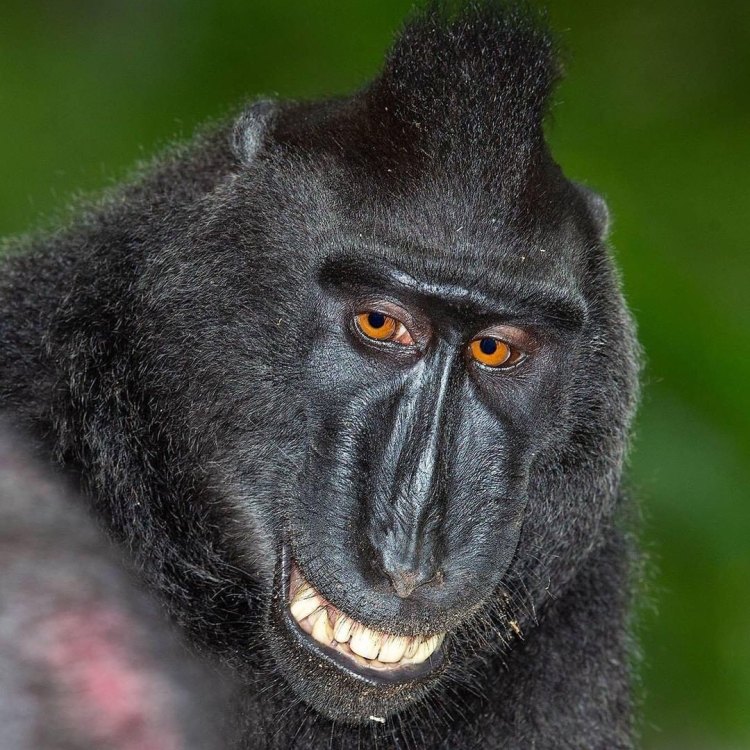
Uncovering the World of Macaques: Intelligent Primates of Asia and Africa
Disclaimer: The content provided is for informational purposes only. We cannot guarantee the accuracy of the information on this page 100%. All information provided here may change without prior notice.






